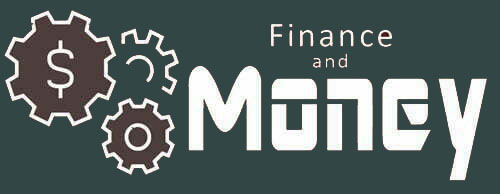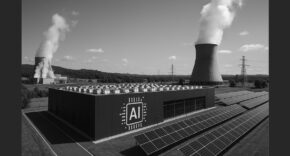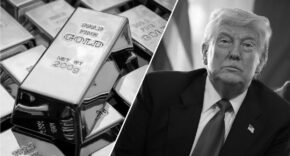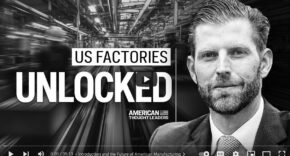Tesla is preparing to launch its long-promised robotaxi service in San Francisco this weekend, but what’s actually coming to the streets may look more like a traditional taxi service than the fully autonomous vehicles the term “robotaxi” suggests. While Elon Musk has pitched a future driven by AI-powered transportation, regulatory roadblocks and technical limitations continue to keep that future just out of reach.
What Is a Robotaxi?
A robotaxi is meant to be a self-driving vehicle that can pick up and drop off passengers without a human driver. Tesla has marketed this idea for years under its Full Self-Driving (FSD) software, promising that its cars would eventually drive themselves across cities, highways, and even the country. But in practice, what Tesla is now offering in San Francisco is something far less futuristic.
According to internal memos cited by Business Insider and follow-up reporting from multiple outlets, Tesla’s rollout in San Francisco will involve human drivers behind the wheel of its branded Model Y “robotaxis.” These cars will not operate fully autonomously. Instead, they will resemble chauffeur-style rides, or as one source put it, “taxis driven by cabbies.” These are not true robotaxis — not yet.
How Tesla’s Robotaxis Compare to Waymo
Waymo, owned by Alphabet, has been offering actual autonomous ride-hailing services since 2018 and currently operates in five U.S. cities. Its cars don’t have drivers and have been authorized by California regulators to operate fully driverless services. Tesla, by contrast, does not yet have the necessary permits from the California Department of Motor Vehicles or the California Public Utilities Commission to offer such services.
Tesla only has a Transportation Charter Party permit, which allows human-driven charter services. This means the “robotaxis” hitting San Francisco streets will legally have to include a driver – even if Tesla promotes them as self-driving. That makes them very different from Waymo’s truly autonomous vehicles, despite the similar branding.
Regulatory Hurdles and Legal Trouble
Tesla’s biggest challenge in California is legal, not technical. It hasn’t applied for permits required to transport passengers using autonomous systems, either with or without a safety driver. The company is also under scrutiny from California’s DMV, which accuses Tesla of misleading consumers by calling its driver-assistance features “Autopilot” and “Full Self-Driving.”
Tesla is currently on trial in a case that could lead to a 30-day freeze on its ability to sell cars in California. State officials argue that the company’s marketing has contributed to accidents and fatalities by giving drivers the false impression their cars can fully operate without supervision.
State Senator Scott Wiener has even suggested Tesla’s unpermitted autonomous vehicles should be “seized and impounded” if deployed.
What Will Be Deployed?
In reality, Tesla’s rollout will look like a limited invitation-only test. Tesla owners, employees’ families, and selected members of the public may be invited to hail Tesla vehicles for free rides. The service will operate within a large geofenced area that includes San Francisco, the East Bay, Marin, and down to San Jose. But every vehicle will still have a human in the driver’s seat – a requirement under current state law.
In Austin, Texas, where Tesla first launched its robotaxi pilot last month, the program is limited to about 10 vehicles operating in a small area. Each ride includes a safety operator ready to intervene. There’s no word yet on how many vehicles Tesla will deploy in San Francisco, but expectations should remain modest.
Tesla’s Bigger Vision
Despite the setbacks, Elon Musk remains committed to a future centered around autonomy and robotics. He has said repeatedly that real profits will come not from selling electric cars but from services like robotaxis. Tesla’s long-term plan includes expanding to Arizona and Florida, where it has begun regulatory steps, and integrating Optimus, its humanoid robot project, which is still in early stages with only a few hundred units produced out of a 5,000-unit goal for 2025.
Musk envisions a world where robotaxis and AI-powered robots replace much of human labor and revolutionize transportation, manufacturing, and logistics. But for now, the reality is much less revolutionary.
Tesla’s robotaxi rollout in San Francisco is more show than substance. While the branding may suggest a fully autonomous future, the actual service remains a human-driven ride in a Tesla with a high-tech label. The company is far behind Waymo in real-world autonomous operations, faces legal challenges, and has yet to prove that its technology is ready for true autonomy. Still, the move could be an important early step in a longer journey — assuming Tesla can clear the regulatory roadblocks ahead.
FAM Editor: I am not actually looking forward to the day when autonomous taxis are the norm. But in the absence of having my own car, I usually take Uber or Lyft, which are institutionalized surveillance systems. Sometimes progress goes backwards.





